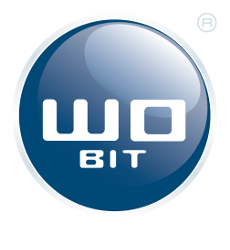5 different measurement technologies are available in this category. The first one is optical triangulation. Laser sensors of displacement perform measurements far away from the object, with a very small measuring spot. In addition, they are characterized by high resolution, excellent linearity and can measure glossy, metal and rough surfaces.
The second group of products is magneto-inductive sensorsserving to measure the distance, position and displacement of a defined magnetic object. The obtained output signal is linear (2-10V and 4-2mA) and is independent of the measuring range. Due to the physical effect used, the measurements do not affect the non-ferrous material appearing between the sensor and the measuring object such as aluminum, plastic or ceramics. This is very useful when measuring in a closed system.
Eddy current sensors measure distances, displacements and positions of each the object that conducts the current. Measured objects may have ferromagnetic and non-ferromagnetic properties. Due to their resistance to oil, dirt, dust, moisture, electromagnetic fields, etc., the eddy current sensors are ideally suited for harsh industrial environments. It is worth emphasizing that in this category are the only sensors with active temperature compensation and the possibility of field calibration.
Due to the unique principle of the action of a three-electrode capacitor with a shielding ring, capacitive displacement sensors maintain linearity for all metals. The sensor acts like an electrode, the measuring object is an opposing electrode.
The technique described makes it possible to measure all conductive and conducting conductive objects. These sensors allow for very linear output characteristics, precise nanometer resolution and very stable measurements.
The last, measuring technique distinguishing itself with very high resolution uses confocal-chromatic aberration of light. Confocal measurement system consists of a controller with a source LED and sensor lights. In the controller, a distance is assigned to each of the long wavelengths. The light reflected from the measuring surface is transferred to the optics of the receiver, where the spectral intensity of the diffused light is evaluated.
This unique method allows you to measure distracting and mirrored surfaces. Using one sensor, you can perform one-sided measurement of the thickness of transparent materials or measure the space between many transparent layers with simultaneous measurement of the distance.
